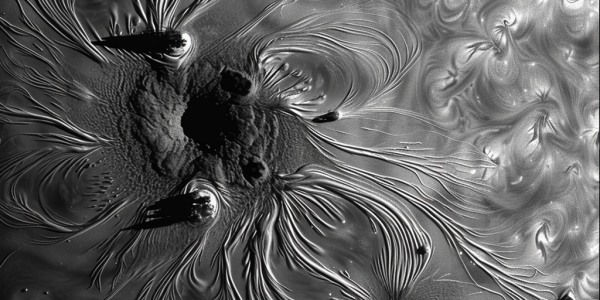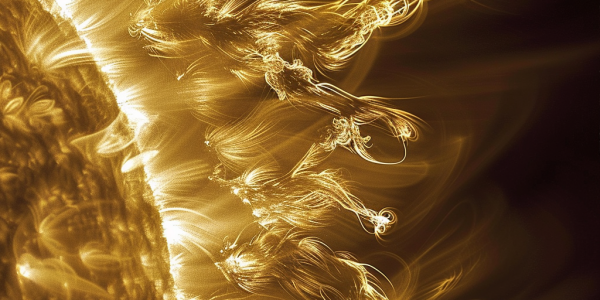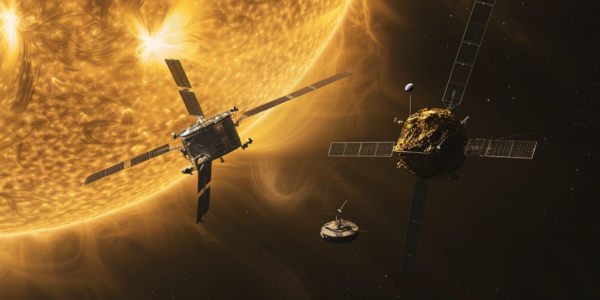Solar Orbiter Observes Active Patch on Sun, Implications for Solar Physicists
Solar Orbiter’s recent observation of an active patch on the Sun has significant implications for solar physicists in understanding the source regions of the solar wind. The spacecraft’s high-resolution images provide valuable insights into the Sun’s activity, shedding light on the connection between active regions, solar flares, and the generation of the ‘slow’ solar wind. Groundbreaking research led by Stephanie Yardley from Northumbria University utilized Solar Orbiter’s instruments to image an active region on the Sun and directly measure the slow solar wind, offering a novel approach for studying solar phenomena.
Solar Orbiter Provides Mesmerizing Close-Up View of Sun’s Corona
The European Space Agency’s Solar Orbiter spacecraft provides a stunning close-up view of the sun’s corona, showcasing intricate features such as coronal moss, spicules, and coronal rain. This mesmerizing video reveals the sun’s outer atmosphere in all its glory, with temperatures reaching 1.8 million degrees Fahrenheit. Solar Orbiter, equipped with the Extreme Ultraviolet Imager, captures unprecedented images of the sun’s atmosphere, working in conjunction with NASA’s Parker Solar Probe to study the sun’s cycles, atmosphere, and solar wind.
ESA and NASA Collaborate to Study Solar Wind with Solar Orbiter and Parker Solar Probe
ESA and NASA collaborate as Solar Orbiter and Parker Solar Probe reach closest approach to the Sun, allowing for simultaneous observation of the solar wind. This unique alignment provides valuable data for scientists to enhance their understanding of the Sun’s impact on the solar system and Earth.



